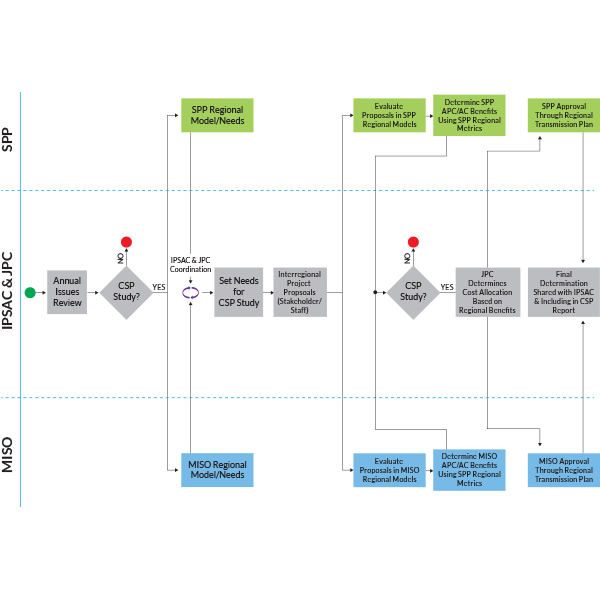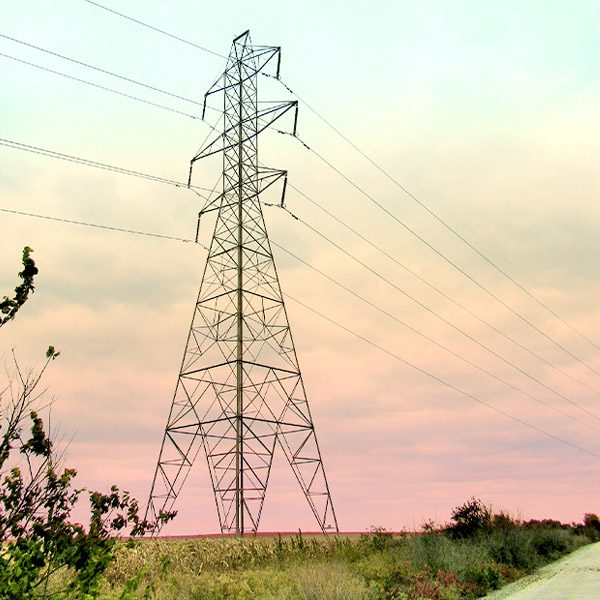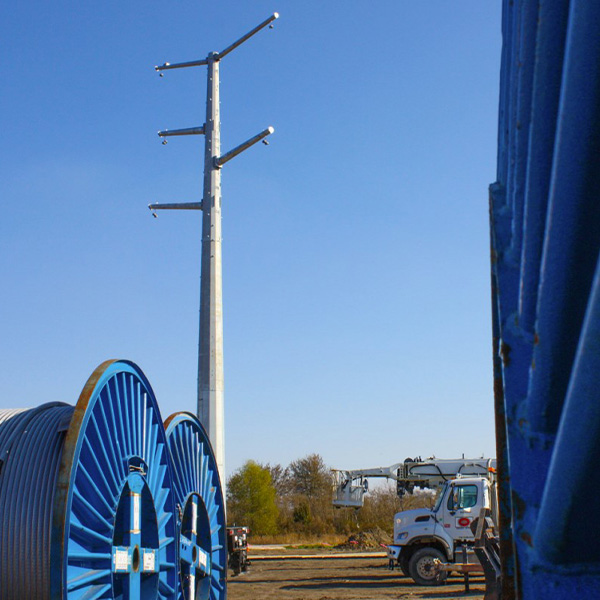interregional transmission planning
After five fruitless attempts to agree on joint transmission projects across their seams, MISO and SPP will use what they call a “blended joint model” in parallel with existing SPP and MISO regional models.
Congress and FERC will need to act to update its rules on interregional transmission planning, and likely permitting, if NERC’s Interregional Transfer Capability Study is going to be of any use, experts said on a webinar hosted by Americans for a Clean Energy Grid.
Before the use of HVDC transmission lines can be expanded in the U.S., the offshore wind industry needs to set some standards, according to a joint company survey.
Some members of the Organization of MISO States are implying that MISO’s new interregional study with PJM is falling short of their hopes for a rigorous search for seams transmission projects.
Sens. Joe Manchin and John Barrasso introduced long-planned legislation on energy project permitting that would increase FERC’s power to approve new electric transmission.
Ten East Coast states signed a memorandum of understanding to set up a framework to coordinate interregional transmission planning and development.
MISO and PJM announced they will embark on a new joint transmission study in the latter half of this year that concentrates on upping their interregional transfer capability.
An early stage collaboration is intended to bring together communities, tribes, nonprofits, companies, RTOs and government officials from the northeastern U.S. and Canada to increase coordination around interregional transmission.
FERC is set to vote on its long-awaited proposed rule on transmission planning and cost allocation for regional lines at a special open meeting May 13.
DOE released a study of offshore wind transmission. In no way does this study establish, or even claim, that offshore wind makes economic sense, according to Steve Huntoon.
Want more? Advanced Search










